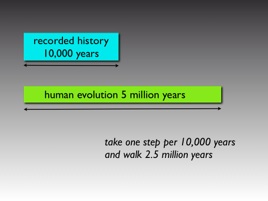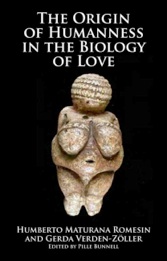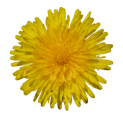a story of human origins


what can we really know?
If you reflect e really don’t have a good sense of how far back our story began. The surviving evidence of our presence is scant and scattered, and hard to find. Furthermore, the things that are found are generally those that last, hard things. What there is very little evidence for is behaviour; you can hardly record a hug or a smile in the form of fossils. We do have a few scattered things to impute behaviour from, such as side by side footprints. But there is relatively speaking, not very much at all to tell us how we acted.

Rianne Eisler
Rianne Eisler has also written about the origin of humanness.
It appears to me that she was strongly dissatisfied with the typecasting of sex roles in our culture, and rather than become a feminist, she, as an academic did some research. In her book “The Chalice and the Blade” she examines how archaeologists interpret past cultures through the lens of their current beliefs. For example one point she makes is that images that are named “arrows” (for shooting) may as well have been feathers or direction pointers. She believes that in early societies women had as strong a role with the chalice as men did with the blade.
The second book I’ve shown here is a long treatsie on the role of pleasure, and specifically the pleasure of sex, in giving us a sense of unity or belonging with our world as well as with our mates.
Rianne presented some of her work at the “Remaining Human” conference I produced on the behalf the the ASC in 2001. Most recently I visited Rianne along with Maturana and Davila after the ASC conference I organized in California in the summer of 2012. Her current work is in Partnership Studies and in Developing a Caring Economy.


In case you’re interested: Wally Wallington believes he knows how Stonehenge was made. (6 min Youtube video)
hearing
Editing a book
I had known about some of Dr. Maturana’s work since the late 1960’s as part of my undergraduate coursework in an Honours Zoology program at the University of British Columbia. Decades later I attended a workshop on “Communication” given by one of his former students, Fernando Flores, and had become interested in the grounding for that work; but was not able to find the source material to pursue it. So when circumstances took me to my first American Society for Cybernetics (ASC) conference, I was delighted to find Maturana participating with a series of presentations. Maturana also handed me, as well as several others, the manuscript of a book he had been writing based on conversations he had had with a German ladyGerda Verden-Zöller (now deceased). I, quite naively, began editing the English and sending chapters to Maturana. In retrospect I smile at my impetuousness, and Maturana’s graciousness; but even more so I am thankful as this process grew into many discussions and through that my deepening of understanding, the eventual publication of the book, and for that matter, this website.



